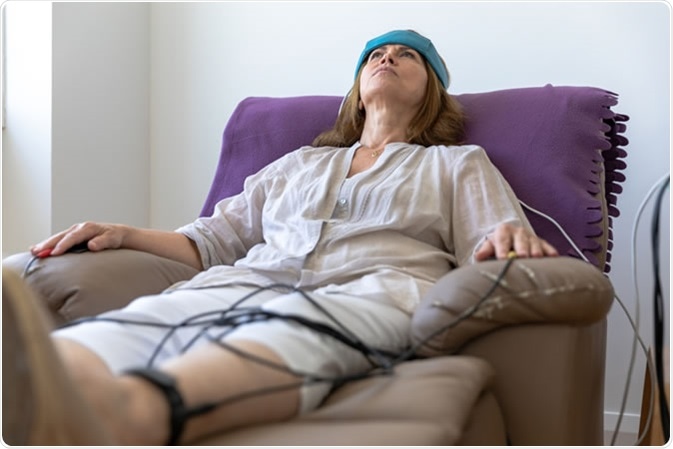Revealing the Connection Among qEEG and Sleep Disorder Patterns for Improved Diagnosis and Treatment
Revealing the Connection Among qEEG and Sleep Disorder Patterns for Improved Diagnosis and Treatment
Blog Article
Slumber apnea is a common slumber condition that affects many people around the world. It happens when a individual's respiration is interrupted during sleep, leading to poor slumber quality and various medical concerns. One of the ways researchers and doctors are working to improve understand and identify sleep apnea is through a technique called quantitative electroencephalography, or qEEG. This method assesses the electronic activity of the cerebrum and can provide valuable insights into how sleep apnea impacts cerebral function and general health.
qEEG entails placing small sensors on the head to record brain waves. These cerebral oscillations are then analyzed to identify patterns that may suggest sleep conditions, including sleep apnea. By analyzing these patterns, healthcare professionals can obtain a more precise understanding of how sleep apnea disrupts typical cerebral function during slumber. This information can be crucial for developing efficient therapeutic strategies tailored to individual patients. Understanding the relationship between qEEG and sleep apnea can result to enhanced diagnostic techniques and superior results for those affected by this condition.
Research has shown that people with sleep apnea often display specific changes in their brain wave patterns. For example, during instances of apnea, the cerebrum may show increased activity in specific regions while additional regions become more active. These changes can affect how well a individual slumbers and how refreshed they perceive upon waking. By using qEEG to track these brain oscillation trends, physicians can recognize particular characteristics of sleep apnea in patients, which can help in making a more accurate diagnosis. This is particularly crucial because sleep apnea can occasionally be confused for other sleep conditions, resulting to misguided therapies.
In furthermore to improving diagnosis, qEEG can also play a role in evaluating the effectiveness of treatments for sleep apnea. For instance, after a patient begins using a continuous beneficial airway force (CPAP) device, which assists maintain the passage clear during slumber, qEEG can be used to assess changes in brain activity. If the brain shows enhanced patterns of sleep after starting treatment, it may indicate that the therapy is working Check This Out effectively. This feedback can help doctors make necessary modifications to treatment plans, guaranteeing that patients receive the best care possible.
Overall, the connection between qEEG and sleep apnea patterns is an exciting area of research that holds promise for enhancing identification and therapy. By comprehending how sleep apnea affects cerebral activity, medical professionals can develop more effective strategies to help patients achieve better sleep and enhance their general well-being. As studies progresses to evolve, it is likely that qEEG will become an essential instrument in the battle against sleep apnea, resulting to superior results for those who experience from this challenging condition.